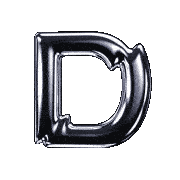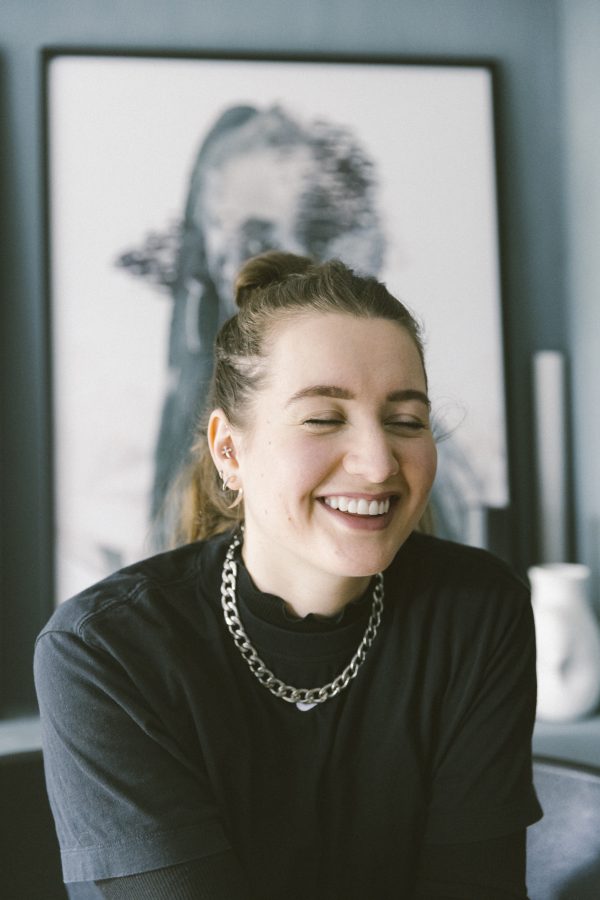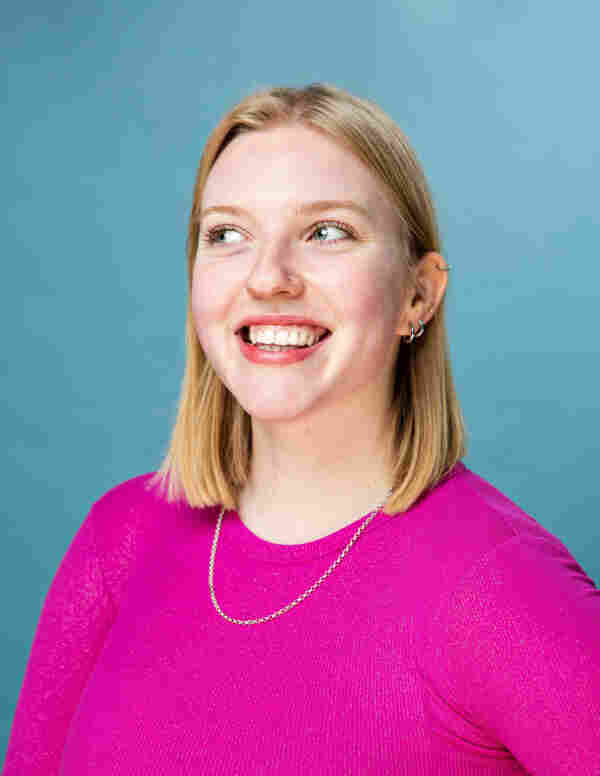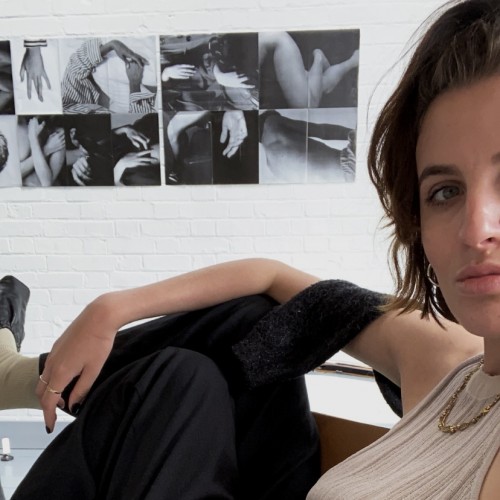Read Time 10 minutes
Escaping the ordinary with Marcus Schaefer
Surreal. Otherworldly. Seductive. Haunting. These are a few words that come to mind when looking at the work of artist Marcus Schaefer. We at Darklight Art have long been obsessed with his work, so we were thrilled to catch up with him last month ahead of his exhibiting at Kunst Rai Amsterdam and Photo Basel 2021.
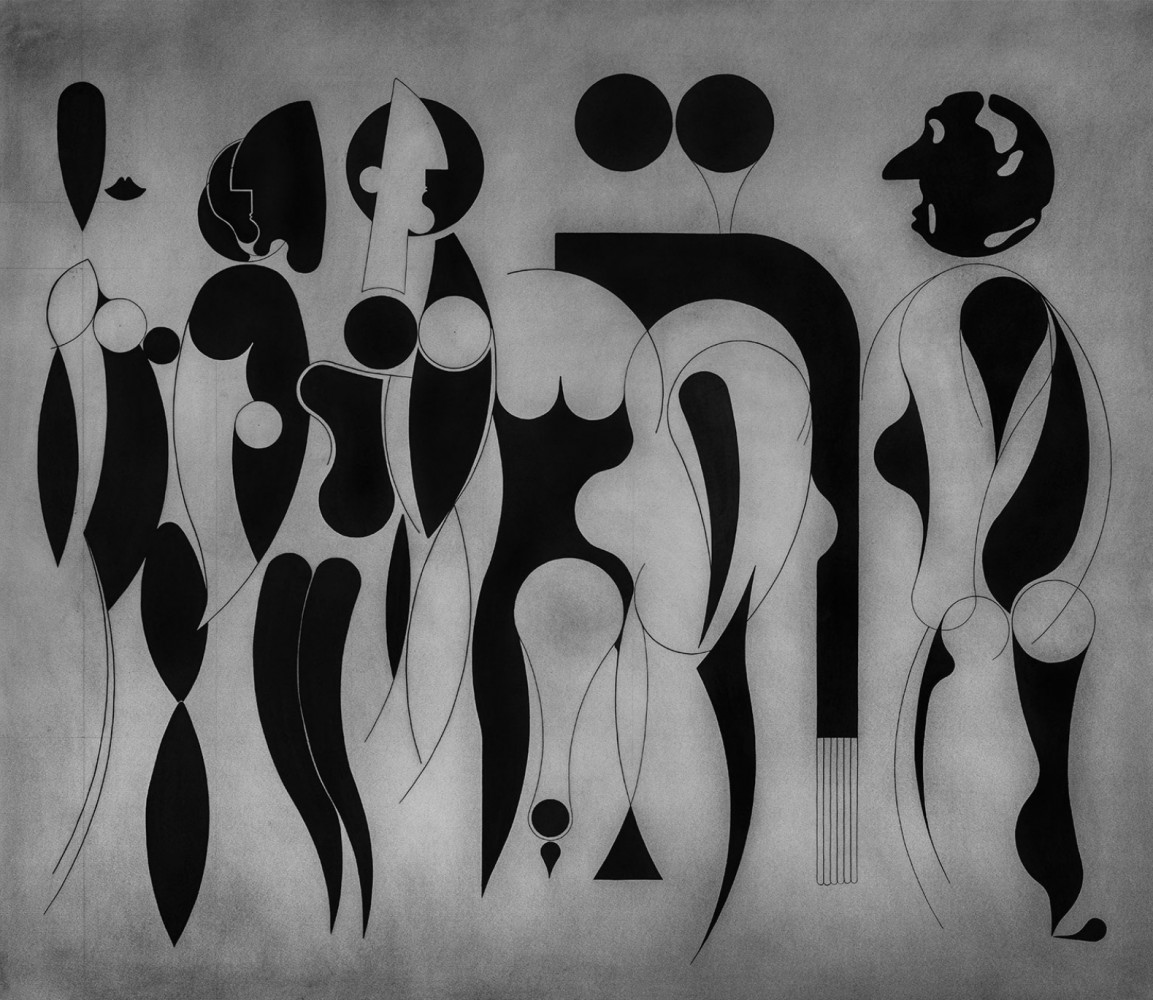
How would you personally describe your aesthetic?
The driving force in my artistic approach is a pressuring impulse to capture my most current state of mind. I think of photography as the perfect tool to create my very own interpretation of reality – for me personally, a reality that is about beauty, art and aesthetics and not necessarily technical perfection.
I am not interested at all in shooting the exact likeness of someone or something, I want to create my very own interpretation of what‘s in front of my camera. I long to arrest all beauty and the non-obvious or at least make the obvious not look obvious. Something between the lines, that you most likely catch when you are not trying to catch it. I love taking the audience on a journey through my mind & visual world; creating imagery that canalizes the energy of my dreams and ideas. Escaping from ordinary photography and the banality in images we are ever exposed to every day on social media and rather produce photographs that actually don‘t even look like photographs.
I am always aiming for something more unique, using long exposure and unconventional lighting as well as playing with proportions, dimensions and perspectives to capture an un-ordinary shot with a timeless momentum.
I like to think of myself as a modern surrealist continuing a tradition that started over 100 years ago
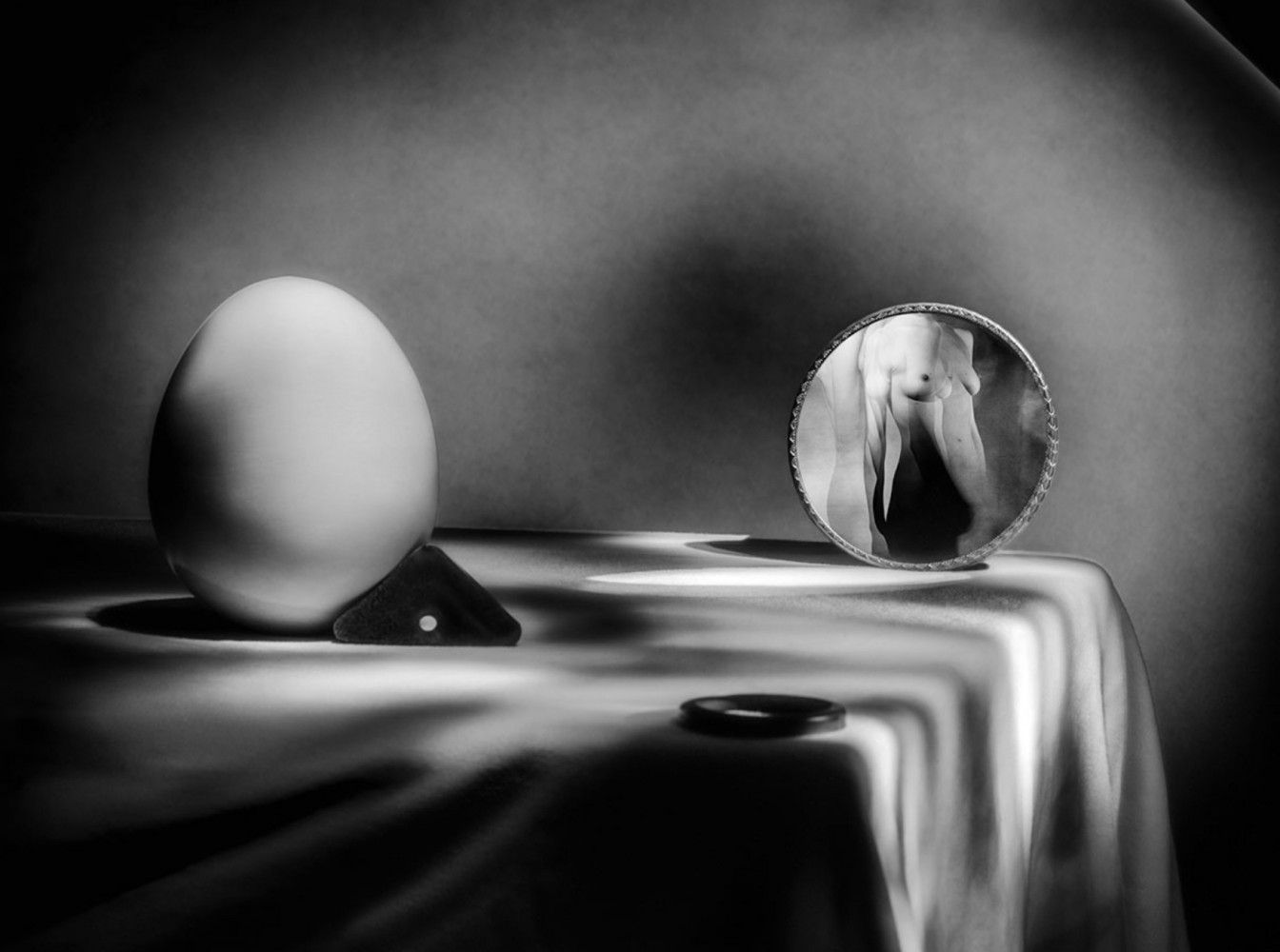
There is a strong emotional dialogue in your work; like you have captured your state of mind and distilled it into a photograph. It’s very visceral. When do you feel most inspired to create? Does inspiration derive more from positive or negative emotion?
I have always been inspired by André Breton’s First Manifesto of Surrealism which outlines the importance of psychic automatism or the free association of thought to explore the power of the unconscious mind. That thought process is very much in line with my artistic approach as described above, and does inevitably put me in the same boat with the surrealist artists of that time. Therefore I like to think of myself as a modern surrealist continuing a tradition that started over 100 years ago – one that hasn‘t really been translated into the world of contemporary photography to an extent that I personally believe it deserves to.
I feel constantly inspired to create just by being alive and having subconscious thoughts and ideas. It can be both negative and positive emotions––for me personally the more ‘melancholic’ ones––it’s all about expressing yourself and which medium I choose doesn‘t matter anymore. Photography, drawing, creating sculptures, still life and objects – it all becomes one aesthetic world after-all. I consider this to be an individual process of creating a new picture language by including elements of the past and present and then re-assembling the mix into my very own contemporary version. Very similar to how spoken languages have been and are evolving all over the world in different countries, regions and cities. There is no stagnancy, it‘s an ongoing process and it‘s about constantly improving that picture language and trying to be more and more on point.

Do you find that photography helps your mental health? What impact did lockdown have on you and your photography?
Yes, photography does help my mental health – since I use various mediums to express myself I would even go further and say it‘s the process of creation in general. Being a freelance photographer can sometimes come with a lot of downtime in-between jobs and also an accumulation of creative energy and ideas urging to be released.
Lockdown slowed down the industry immensely, and there was even more downtime then. I embraced it though––it was a nice time to stop and enjoy just being for a minute––get out of the rat race, slow down and recalibrate my artistic path. I spent most of the lockdown in my atelier in the country side of south Germany.
Tell me about your drawings. What came first, drawing or photography? How does one influence the other?
Roughly three years ago I started using above described downtime and abundance of creative energy to work on charcoal drawings, which then quickly became an additional medium to deal with that creative traffic jam.
Especially during the first lockdown in 2020 I invested a lot of time into charcoal drawings and more and more they became my visual compass. I now consider them to be an essential umbilical cord that connects those two worlds for me. Drawings help me to understand and guide my photographic path and my photographs become a hybrid form of drawing.
I like the idea of an instant creative outpour, capturing my most current emotional state. It makes every single drawing unique & authentic in its purest form. Both my drawings and photographs depict an emotional communication with the audience – the individual perception is never really identical and is seemingly the reason that art glistens and speaks to different people.
[Pictured below: Frauen als Männer, 2021 | 100 x 140 cm | Charcoal on uncoated cartridge paper roll (200gsm) & Untitled portrait, 2020 |130 x 140 cm | Charcoal on uncoated cartridge paper roll (200gsm)]
In your interview with Ignant last year, you said “It [the work] can have a dark, absorbing element to it—something between life and afterlife.” Can you explain what you meant?
My photographic work often times comes into existence using long exposure techniques and therefore results in either slightly blurry imagery or/and multiple exposures of what sits before my camera. It‘s like layering multiple photographs and somehow visually feels like jumping in time, space and dimensions.
When I mentioned that, ‘My work can have a dark, absorbing element to it – something between life and afterlife,’ I was referring to the practice of spirit photography, which was a kind of photography that started in the 1860s and is based on double exposure or other ways of doctoring and manipulating negatives. Therefore images seem phantasmatic or in other words as film scholar Tom Gunning described it … these images waver between visibility and invisibility, presence and absence, materiality and immateriality … That described spectral nature of photography is what can appear to be the trapping of various dimensions in the past, preset or future. In my opinion truly an interpretation of the ‘real’ without thinking too much in chronological order about time and space.
Tell us about your fascination with the human eye.
The human eye is intriguing in diverse ways and has a mesmerising mystic and beauty. I personally consider the eye as a significant ambassador of emotional ongoings and a looking glass into your soul. Often that looking glass is blurred and it‘s hard to tell exactly what’s going on, but that’s the beauty of it. The way I capture the human eye is merely my interpretation of this hidden world of complex emotions & thoughts interwoven with deep subconscious processes – everyone’s got their own interpretation.
SOMETHING BETWEEN LIFE AND AFTERLIFE
There’s a theatricality to the work: an ‘interplay between fiction and reality’. It feels uncontrolled, maybe uncontrollable[!] and painterly at times. What or who has had the greatest impact on your style?
As mentioned previously, I celebrate the heritage of surrealism in my work, translated into modern times, and therefore the surrealist movement is definitely one big influence. However, what caught my attention even more significantly are the very early techniques of photography. Pictorialism as a movement started to really thrive from the end of the nineteenth century with photographers such as Anne Brigman and Robert Demachy and even earlier forms of it with photographers like Julia Margaret Cameron beginning mid-twentieth century.
The pictorialists did everything to elevate the medium of photography into the realm of art. That‘s exactly what I am in it for. I really fell in love with the painterly techniques from back then – blurring outlines and modulating tones as if by smoke allowing one form to merge into another. Often back then, the out-of-focus pictures were a mistake – however truly unique masterpieces. I believe it’s the unplanned, accidental outcomes that make a picture really special and that’s what those images have for me.
I love unique imagery and I believe errors in photography are a guarantee of exactly that. It wasn‘t until I started drawing that I really understood this. There is no ‘cmd+z’ when drawing – it‘s irreversible and that‘s the beauty of it! Experimenting, exploring and letting go of control will get you the most interesting, unexpected results – especially errors! That‘s what I have learned from drawing and am applying to my photographic practice.
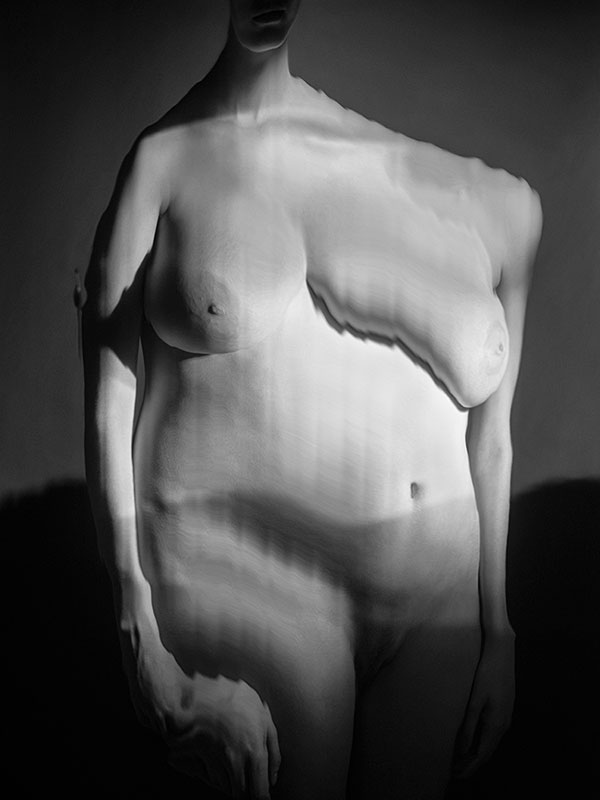
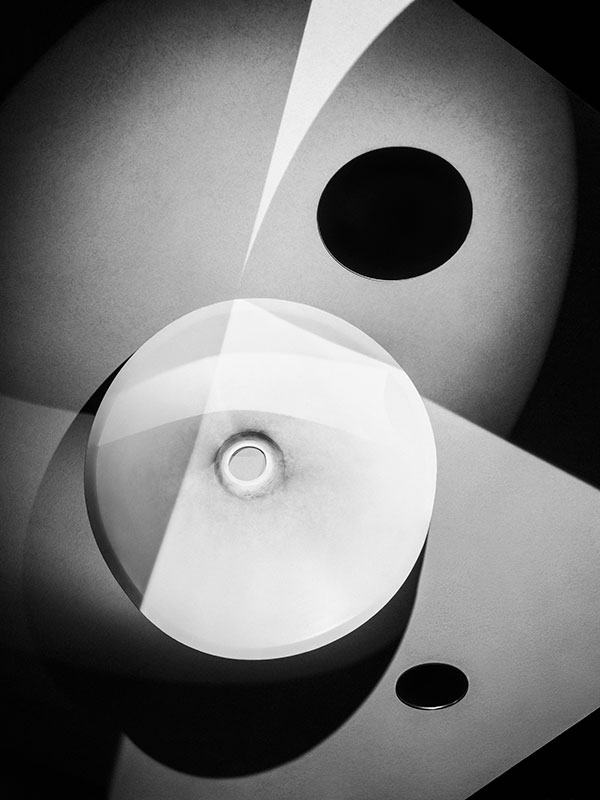
What does the colour black mean to you?
For me, black is an aesthetically pleasing feeling – when it comes to my work the interplay between black and white plays a leading role and opens up entire new avenues of escapism and expression. It‘s like entering an upside-down realm that is much more sensitive, abstract and intimate than the world of colour. Especially the non-colour black helps composing and steering otherworldly vibes in a non-colour realm.
In my eyes, black is the embodiment of dichotomy: on one hand it‘s very dominant; strong and intimidating, on the other hand it’s sort of vulnerable, melancholic and sensitive. Black is multidimensional, seems endless and makes me think of the dark, infinite universe; black holes, gravity and the beginning of life. It‘s mesmerising and makes me reflect about myself like staring into a mirror. Black is absorbing and seems to come across as very depressing, frustrating and dead, but it’s actually extremely sexy, vibrant and uplifting. That‘s really what I love about it and therefore the element of black is fundamental in all my creative endeavours. It’s a central component to my visual language.
Final question, one we ask all artists we interview. Dark or light?
A mix of the two. Light dark – as in melancholic, vulnerable and fragile.
END
subscribe for the latest artist interviews,
historical heronies, or images that made me.
what are you in the mood for?
